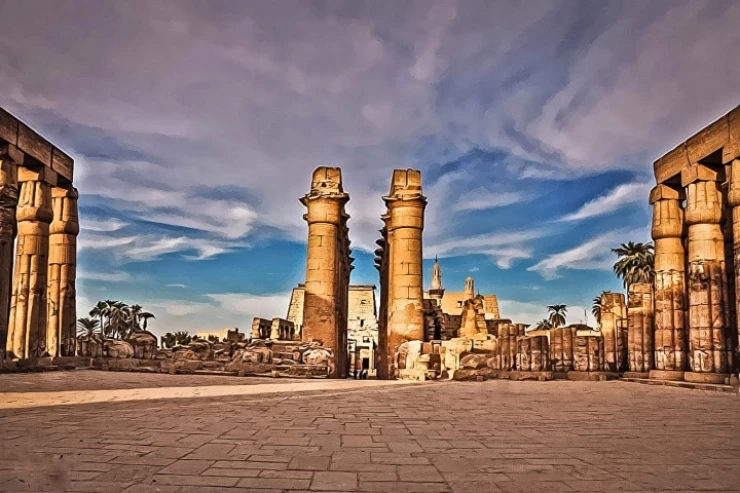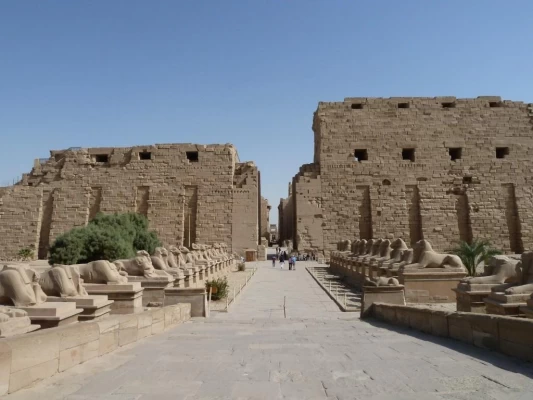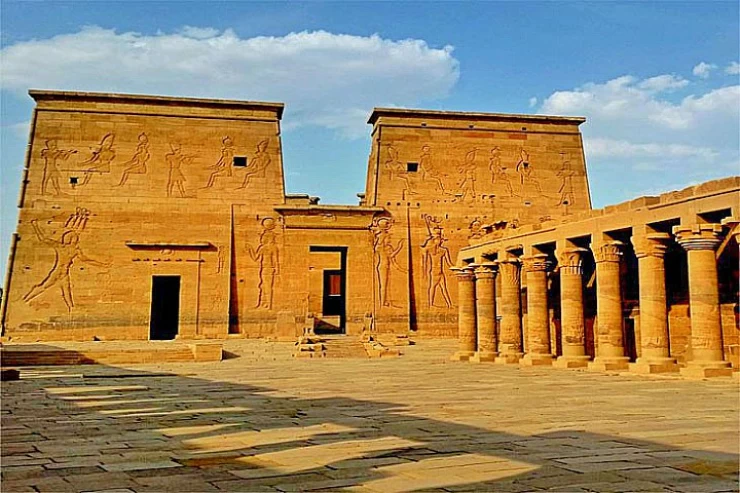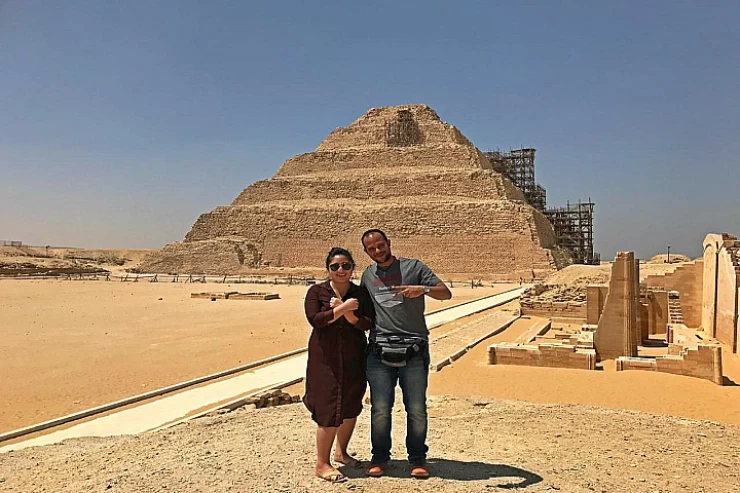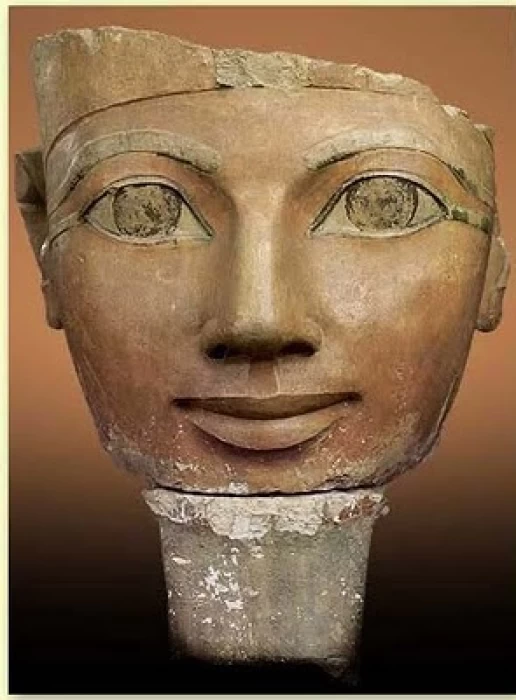
Queen Hatshepsut | Queen of Egypt | The Pharaoh Woman
Facts about Queen Hatshepsut
The most prominent woman of that period is Hatshepsut. She is the offspring of King Thutmose I and Queen Ahmose. She took King Thutmose II, her sibling to be her husband and earned herself the title of a Great Royal Wife. Following his demise, Hatshepsut got to become regent for her child, King Thutmose III, who was only nine years old then. Thus during this period between 1479 to 1457BC, she was ruling jointly with him. Hatshepsut is recognized as one among the most significant rulers in ancient Egypt.
Her rule was marked by tranquility and affluence, augmented military capacity, border security for Egypt and bolstered diplomatic ties with states surrounding Egypt. According to Egyptian religious beliefs, Hatshepsut was seen as undermining the sacred right to rule because in order for the ruling king to gain religious legitimacy and popular acceptance he has to be male representative of god Horus who represents kingship; therefore there were some religious-political measures that had to be taken in favor of Hatshepsut's sitting on the throne particularly since she started her career as a regent for an actual king, Thutmose III.
The era of Hatshepsut was characterized by many architectural constructions that show the extent of the prosperity of her era, and the scenes and inscriptions on them provide us with a clear idea of the history and achievements of Queen Hatshepsut, and as usual the kings of the New Kingdom, Hatshepsut also contributed to the buildings of Karnak by erecting the eighth edifice. Hatshepsut also built a temple for the god Bakht in Beni Hassan, Minya, and another temple for Hathor, and from the texts of these two temples, Hatshepsut tells us that she carried out many repairs and repairs in many Egyptian temples such as these two temples because they were damaged during the Hyksos rule of Egypt. It is interesting to note that Egypt's rulers continued to take pride in expelling the Hyksos even many decades after their evacuation from Egypt.
However, the most important of Hatshepsut's monuments is her famous funerary temple in Deir el-Bahri, which is considered one of her most immortal works with its unique design and wonderful inscriptions, and among the other important events that Queen Hatshepsut's monuments tell us about is sending a peaceful mission to the Valley of Maghara in Sinai, and that she opened turquoise mines in Sinai, and she sent two military campaigns to Nubia, the first at the beginning of her reign, and the second against a rebellion in Nubia in the year 20 and was under the leadership of Thutmose III. Two military campaigns to Nubia, the first at the beginning of her reign, and the second against a rebellion in Nubia in the year 20 and was under the command of Thutmose III, and a third campaign to Palestine and Syria was also carried out by Thutmose III, in which he captured Gaza, Egypt lived during the reign of Queen Hatshepsut, one of the brightest ages of Egyptian civilization for 12 years and nine months.
As stated in the history of Maniton, she spent them in ruling Egypt, surrounded by greatness and adorned with glory, and Egypt was blessed with prosperity, stability and strong international relations, to immortalize her name among the greatest rulers of the world, as for Hatshepsut's death, it is still unknown to us and the discovered monuments have not disclosed it so far, except that she was buried in her tomb in the Valley of the Kings to be transferred from it afterwards to the tomb of her nurse, Tomb 60 in the Valley of the Kings. Source: Queens of Egypt 2017, by Dr. Mamdouh Mohamed El Damaty, the book is available in the library of the National Council for Women.
Daughter of Pharaoh Hatshepsut, exceptionally interesting, she is one of the few women to have ruled the land in the capacity of a pharaoh. During the 18th Dynasty period (c. 1479 to 1458 BCE), this eldest daughter ruled the country as she was known for the rich and peaceful reign. Hatshepsut, instead of military campaigns, turned her attention toward trade, monumental architecture, and religious developments.
Hatshepsut is the Egyptian woman of the royalty. A daughter of Pharaoh Hatshepsut, she was among the very few women to ascend the throne in the capacity of a pharaoh. Such was during the period that is typically called the 18th Dynasty, or from around 1479-1458 BCE in Egypt. She was recognized then for having ruled during a wealthy and peaceful time in history. Rather than military campaigns, she concentrated her efforts on trade, extensive architecture, and religious developments.
The Mortuary Temple of Hatshepsut in Deir el-Bahari is her most renowned monument near Luxor. The magnificent edifice—with terraces and colonnades—stands as a testimony to the reign and the divine authority of this woman. It was under her that Egypt established trade networks, including sending an expedition to the Land of Punt, returning with gold and incense and other exotic goods.
Yet, her immediate successors, notably the stepson Thutmose III, sought to efface their names and monuments from every official record. Notwithstanding, modern archaeology has now sealed her position as one of Egypt's greatest rulers.







